Original | Text by BFT Robot

01 Quadruped robot traverses complex terrain: thanks to improved three-dimensional vision technology
Recently, researchers at the University of California, San Diego, equipped a quadruped robot with a front-facing depth camera, allowing it to clearly analyze the environment around and below it. The researchers adopted a model that can obtain 3D information from short-lived 2D video frames. This data can also be compared with past images to estimate possible 3D transformations. In addition, their system is self-checking and can fuse information to form a kind of short-term memory. Although the model cannot guide the robot to a specific location, it can enable the robot to traverse challenging terrain.

Neural volumetric memory for visuomotor control
02 Mori3: A polygonal shape-shifting robot for space travel
In terms of its ability to cope with difficult environments, researchers at the School of Engineering at the Swiss Federal Institute of Technology (EPFL) have created Mori3, a robot capable of changing shape and interacting with objects and humans. The modular Mori3 robot can transform from 2D triangles into a variety of 3D shapes by combining digital polygon meshes with swarm behavior. This research highlights the potential of modular robotics for use in missions such as space exploration. Due to its adaptability and assembly/disassembly capabilities, the robot exhibits extremely high versatility. The Mori3 robot will be used by the crew for communication with the spacecraft and external maintenance.

03A step towards safe and reliable flight autonomous driving
And closer to home, MIT researchers recently developed a machine learning approach to solving challenging stability and obstacle avoidance problems in autonomous aircraft. This approach provides a tenfold enhancement in stability and outperforms previous techniques in terms of security. By redefining the problem as constrained optimization and using deep reinforcement learning technology, the researchers achieved a very stable flight trajectory while avoiding obstacles. This method successfully avoided a crash when the simulated jet was flying in tight spaces. This method can be used to create dynamic robot controllers and maintain stability and safety in mission-critical systems. Improvements in uncertainty calculation and hardware testing will be made in the future.
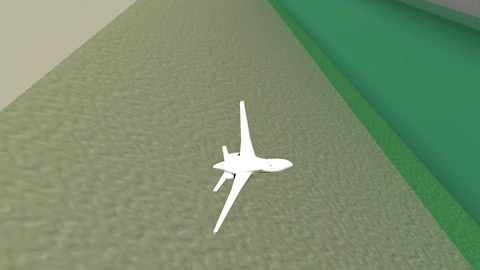
This animation shows how the researchers used their technology to successfully fly a simulated jet in a scenario. In this scenario, the aircraft needs to fly stably toward a target close to the ground while maintaining a very low altitude and maintaining flight within a narrow flight channel.
04Metamaterials with mechanical memory effect
Researchers at the University of Amsterdam and Ecole Normale Supérieure de Lyon have achieved a breakthrough in developing mechanical memory in materials. They created a material that remembers how it was bent or stretched before, and that has a special section or line that doesn't change shape when pushed or pulled. The development of such metamaterials could have applications in fields such as mechanics, quantum computers, robotics and photonics. To achieve this mechanical memory effect, the researchers used the concept of non-orientable order, which is found in items such as Möbius strips.
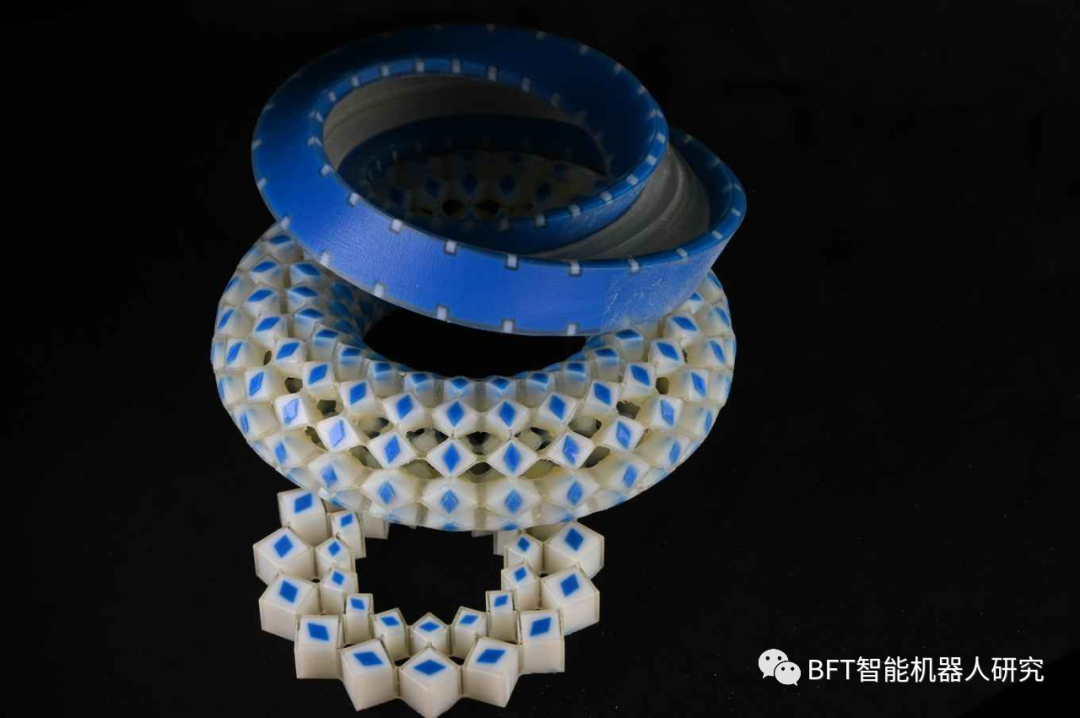
3D printed Möbius strip (top) and two odd rings (middle and bottom). These are non-orientable objects and must have a point on the ring that does not deform.
05Hybrid AI-driven computer vision combines physics and big data
In augmented computer vision technology, researchers from UCLA and the U.S. Army Research Laboratory have developed a hybrid strategy that blends physics-based cognition into data-driven algorithms. This hybrid strategy introduces a variety of methods for fusing physics and data into AI, such as physics-based AI datasets, network design, and network loss functions. It has shown promising results in image enhancement, motion prediction, and object tracking. According to researchers, artificial intelligence systems based on deep learning may eventually be able to master the rules of physics autonomously.
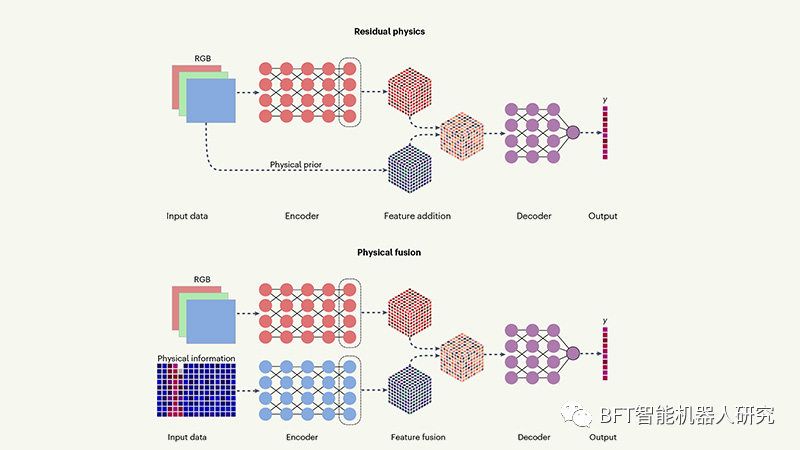
Graphic showing two techniques for introducing physics into machine learning pipelines: residual physics (top) and physics fusion (bottom)
06 myCobot 320 AI Kit 2023
In the industrial world, Elephant Robotics released myCobot 320 AI Kit 2023, a groundbreaking robot arm for user-programmable development. Thanks to its increased working radius, higher load capacity and smart gripping capabilities, it offers flexibility for commercial, research and creative activities. The kit represents a significant improvement over earlier designs, supporting five advanced visual recognition algorithms, including grippers, and comes with user-friendly visualization software.
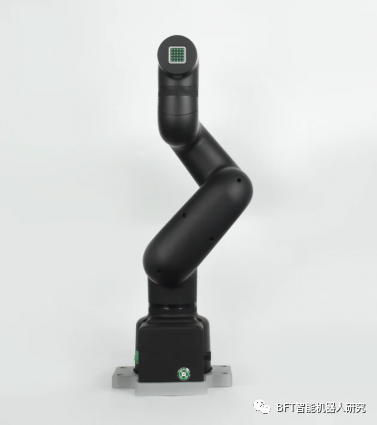
07 Bowl Bot
Bowl Bot is an autonomous, self-cleaning robot recently created by Nala Robotics that can create a variety of personalized food bowls. It provides users with 28 different base, protein, topping and sauce options while taking up less space. Equipped with advanced artificial intelligence and vision technology, Bowl Bot operates at fast speeds while maintaining cleanliness and eliminates cross-contamination with its self-cleaning system.
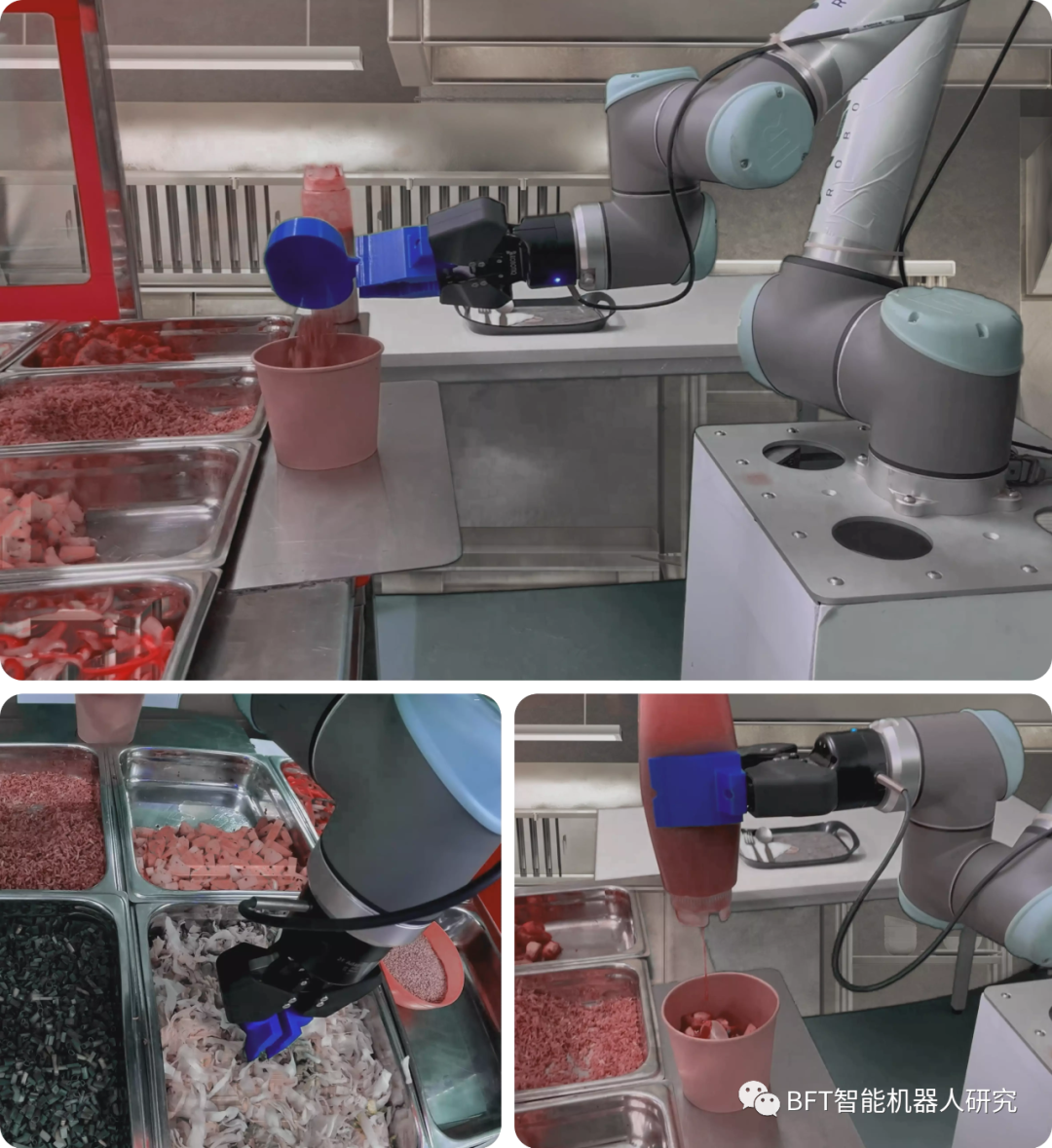
Author | LJH
Typesetting | Xiaohe
Review | Qiqi
If you have any questions about the content of this article, please contact us and we will respond promptly.